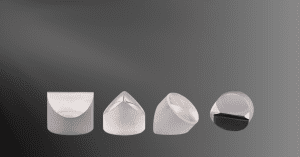Key Takeaways
- Powell lenses are known as laser line generating lenses, producing straight, uniform laser lines by expanding collimated beams in one dimension.
- Each lens’s apex showcases an acylindrical curve that evenly redistributes the optical power of a Ø0.
- A Powell lens transforms a Gaussian beam profile into a cross section with a significantly more uniform intensity distribution compared to a traditional cylindrical lens, reducing the central hot spot.
Introduction to the Powell Lens
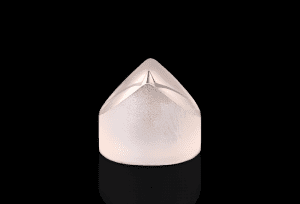
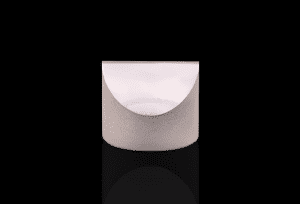
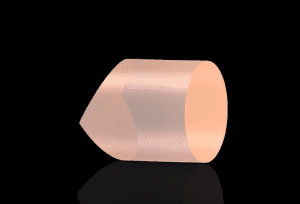
Powell Lenses
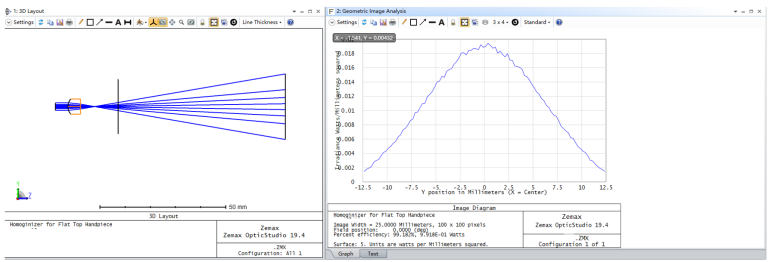
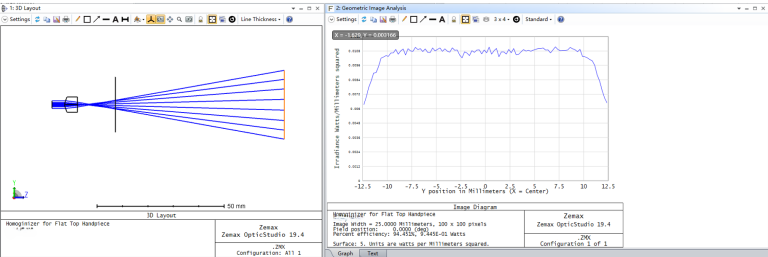
Indicators of Powell Prism
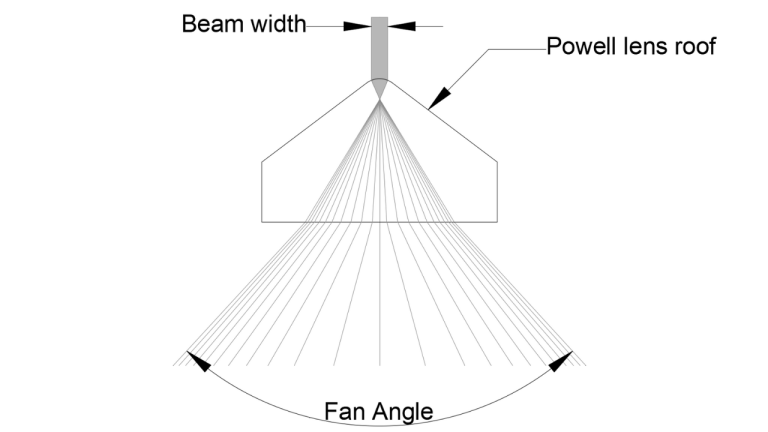
The size of the incident light spot is another important indicator that affects the design of Powell lens. For a laser with a Gaussian distribution, the incident spot size refers to the spot diameter when the energy drops to a peak of 1/e2. In general, specific Powell prisms are only suitable for incident beams of the corresponding size. If the size of the beam is not matched, the energy distribution of the outgoing beam will be significantly affected.
Applications of Powell Lenses
- Machine Vision: Powell lenses are widely used in machine vision applications such as product defect detection, dimensional measurement and alignment.
- Flow Cytometry: Powell lenses are used in flow cytometry instruments used to measure the size and shape of cells and particles.
- Laser Printing: Powell lenses are used in laser printing machines to produce high quality barcodes and other markings.
- Optical Measurement: Powell lenses are used in optical measurement instruments used to measure the smoothness and roughness of surfaces.
Understanding Powell Lens Specifications
Each Powell lens has a specific fan angle. This angle tells you how wide an angle the original beam is fanned out over. It is fully determined by the roof angle of the Powell lens and the index of refraction of the substrate. The performance of these lenses is sensitive to the laser beam width, and for ideal results you will want to use a Powell lens with a roof curvature designed for your specific laser width. While these lenses are both powerful and flexible, they must be manufactured to a high standard, as both the straightness and aperture deviation of the resulting line depends on the quality of the prism. The Powell lens must also be designed with an apex angle that matches the laser linewidth of the application.
Conclusion
Related Content:
GREAT ARTICLE!
Share this article to gain insights from your connections!


